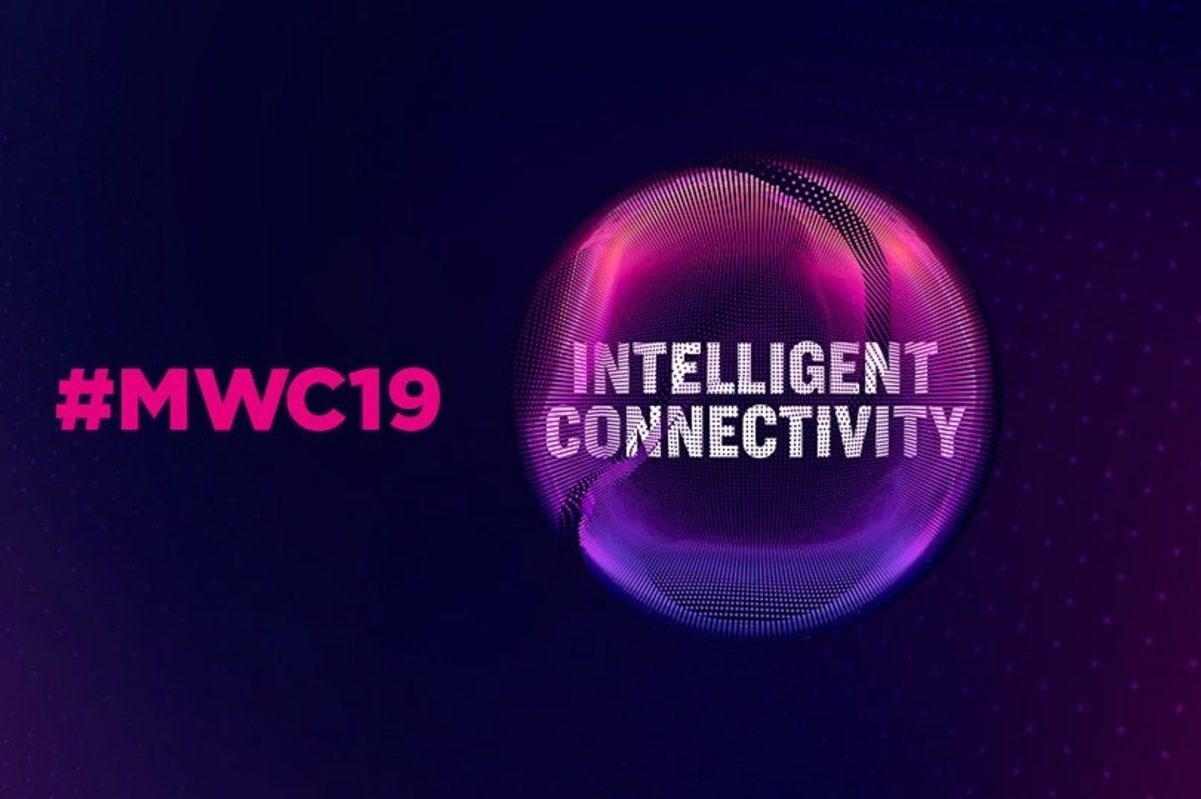Reimagining Data: A One-on-One with Our SVP Product Management

April 5, 2018 | Article written by Carly Morris
We talk a lot about the results that our technology drives, but not quite so often about the deeper product strategy that powers its activity each day.
To give our partners a better idea of what’s going on behind the scenes, we’ve opened up a quarterly behind-the-curtain look at Taptica’s product roadmap. Here, we’ll be letting you in on the foundation of where we are, where we’re headed, and what’s driving our vision at every step of the way.
This time around, we sat down with our SVP Product Management, Gal Levenhaim to talk all things data.
Data has been one of the mobile industry’s biggest buzzwords for years. By 2016, the term had already reached the level of fluffy industry jargon, with every player claiming to have the biggest stake in the data game.
As digital marketers, we all know that data is the North Star that guides a more effective ad campaign. But, when everyone claims to have the best data strategy, can this light shine bright enough to show us the way? Or does it just illuminate a hazy outline?
At Taptica, we don’t like to operate in the dark and we don’t think our partners should either. The way we see it, data analysis is not a new concept. But, beyond the sheer quality and scale of your data, the ways in which you collect and you apply your findings is what makes all the difference. (Of course, all the while upholding the strictest privacy regulations – including adherence to GDPR compliance by May of this year.)
So, what’s our approach? It comes down to four key source/application groupings.
1. First Party Data
Derived from internal systems like CRMs and attribution platforms, first party data is what we receive directly from our advertising partners.
“The first step to make effective use of this data source is encouraging the advertiser to really define their marketing goals.” Gal says, “After that, Taptica can aid in aligning data-backed benchmarks for standard audience use cases and behavioral patterns – all of which is essential to identifying the data elements that will help optimize toward those goals.”
While arguably the purest and most direct form of data that we can access, first party data is also the most sensitive for an advertiser to release. The level of data sharing here is at the discretion of each individual team, but it’s worth noting that the more data we can feed our product, the more intelligent it becomes and the more effective its strategies become as a result.
(Also worth noting: Taptica is 100% committed to your privacy. We always strive to offer full transparency about where your data is going, and we’ll never share it outside the parameters of your own campaigns.)
2. Second Party Data
In contrast, second party data is more public, coming from the publisher’s side rather than the advertiser’s.
Through direct SSP relationships, every media request is filtered, grouped and collected by our system. While this structure does grant us to access a number of precise demographic and platform-focused parameters for optimization, many data elements are still missing, giving only a partial picture that still need to be completed.
3. Third Party Data
Third party data is data we harvest from external data collection platforms.
For this sector, picture an endless street of enormous digital warehouses that collect data from infinite sources across the web. The machinery within these warehouses then digest the data and break it down into cohesive, related segments. From here, Taptica can go in and access the relevant data segments based on our partners’ unique goals.
“Here,” Gal explains, “what you choose is what you get, and we need to make sure it correctly completes the picture we’re building.”
4. Internal Data
The fourth component of our data strategy relies on Taptica’s own internal data processing and AI models. Here, we can fully act upon all the data that we’ve had an active hand in collecting, matching, and enriching up until this point.
At this level, our own in-house data and internal AI processes come together with outside data collection to custom tailor the right optimization strategy which seeks to identify the right match between campaign and audience, ad and individual.
While the first three data sources may fill up a user profile with detailed insights by user demographic and platform, this fourth step allows us to delve into new considerations beyond the surface level, like engagement behaviors and user quality. By exploring the data further, we can identify key user behaviors, like clicks, installs, in-app activity, LTV prediction, and more, to understand and categorize the user beyond standard demographics alone.
Then, just like you want to match your campaign to the right digital channel for the initiative, you also want to match up to the right product line here at Taptica. In our eyes, the interaction between these entities defines the purpose and the required output for each product line.
“Simply put,” Gal explains, “what this all means is that on the media side, we’ll launch the right match between offer and publisher. On the RTB side, we’ll launch the right match between user and campaign.”
Segmenting data by need and best fit creates an intricate set of interconnected ‘neural networks,’ if you will, which allow us to match the best ad, to the best user, on the best platform, all at the best possible time and the lowest possible cost.
According to Gal, “This system of data segmentation and classification allows us to understand mobile users at a deeper level, beyond face value as a number in a data set. With a better grasp of our partners’ target audiences, we can more effectively tailor our optimization strategy based on each unique need. This all adds up to a higher probability of a quality conversion, and a better, less disruptive experience for your audience.”
Want to learn more? Drop us a line at info@taptica.com.
And stay tuned for our next round of product insights in Q2 2018!


